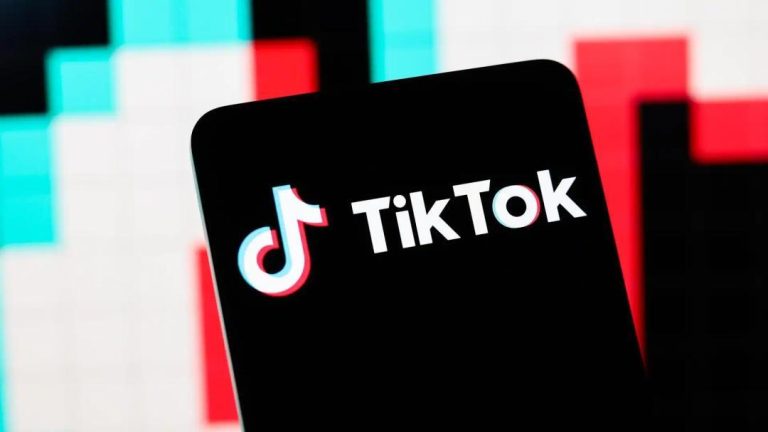
Is Your Campaign Data Working Against You?
In today’s fast-paced digital marketing landscape, having the right data at your fingertips is crucial for making informed decisions and optimizing campaign performance. However, traditional campaigns often struggle with scattered data and delayed insights, which can be a major obstacle in achieving campaign success.
Imagine trying to navigate a complex puzzle with missing pieces, where each piece represents a crucial data point. You’d be hard-pressed to make sense of the overall picture, let alone identify areas for improvement. This is the reality for many marketers, who are drowning in a sea of disparate data from various sources, including ads, web analytics, and email marketing.
But what if there was a way to unify this scattered data, instantly identify patterns and anomalies, and make data-driven decisions in real-time? Welcome to the world of AI-powered marketing, where machines are revolutionizing the way we approach campaign efficiency.
The Challenges of Traditional Campaign Data
Traditional campaigns often rely on siloed data sources, which can lead to a host of problems. For instance:
- Data fragmentation: Ad data from ad platforms, website analytics from Google Analytics, and email marketing metrics from email service providers are often stored in separate systems, making it difficult to get a comprehensive view of campaign performance.
- Delayed insights: Data processing and analysis can take hours or even days, leaving marketers playing catch-up with their competitors.
- Human error: Manual data entry, lack of data standardization, and human bias can all introduce errors and inconsistencies into the data analysis process.
- Lack of actionable insights: With dispersed data, it’s challenging to identify actionable patterns and anomalies that can inform data-driven decisions.
The Power of AI-Powered Marketing
AI-powered marketing is changing the game by providing marketers with a unified, real-time view of their campaign data. By leveraging machine learning algorithms and natural language processing, AI can:
- Unify data: AI can integrate data from various sources, including ads, web analytics, and email marketing, into a single, cohesive platform.
- Instantly identify patterns and anomalies: AI can analyze vast amounts of data in real-time, detecting patterns and anomalies that may indicate underperformance or emerging trends.
- Provide actionable insights: AI can provide actionable recommendations based on the insights it uncovers, such as pausing underperforming ads or boosting emerging winners.
- Fuel real-time performance improvements: With AI-powered marketing, marketers can make data-driven decisions in real-time, driving rapid performance improvements and optimization.
Real-World Examples of AI-Powered Marketing in Action
Several companies have successfully leveraged AI-powered marketing to streamline their campaign operations and drive better results. For instance:
- Netflix: Netflix uses AI to analyze user behavior and preferences, recommending personalized content and improving user engagement.
- Amazon: Amazon’s AI-powered advertising platform uses machine learning to optimize ad targeting, ad placement, and ad creative, resulting in higher ROI and better campaign performance.
- American Express: American Express uses AI-powered marketing to personalize customer communications, improving customer satisfaction and driving loyalty.
Conclusion
In today’s fast-paced digital marketing landscape, having the right data at your fingertips is crucial for making informed decisions and optimizing campaign performance. Traditional campaigns often struggle with scattered data and delayed insights, but AI-powered marketing is revolutionizing the way we approach campaign efficiency.
By unifying data from various sources, instantly identifying patterns and anomalies, and providing actionable insights, AI-powered marketing can help marketers make data-driven decisions in real-time, driving rapid performance improvements and optimization.
Source:






